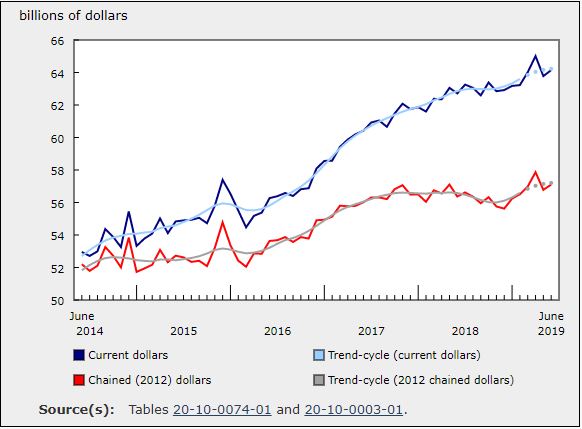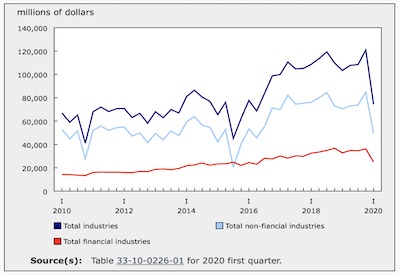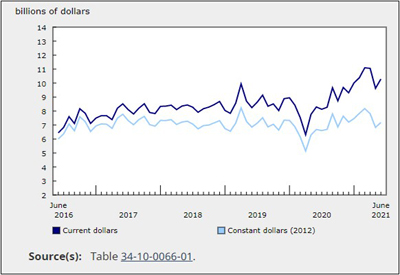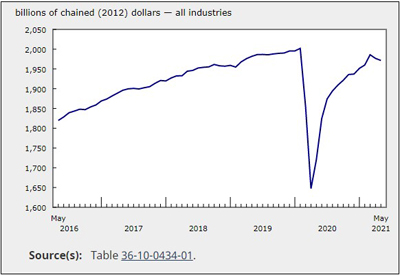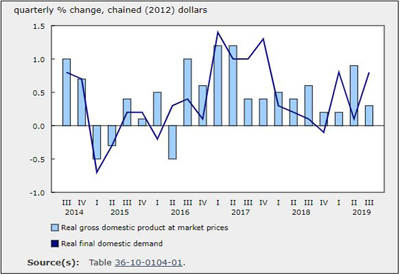CRM and Marketing Automation: The Foundation of Your Martech Stack

Feb 3, 2019
By Katrina Olson
Distributors face many decisions regarding marketing technology and related platforms in the upcoming months; that is, if they plan to keep pace with their competition and their marketing counterparts in other industries.
Many distributors already have a product information management (PIM) system and enterprise resource planning (ERP) software, and are implementing or planning to implement an eCommerce platform. All of these systems are designed to help a company achieve its goals of acquiring new business, retaining current customers, or increasing average sales per customer.
In addition, a strategic, high-performing marketing technology stack integrates with and leverages data from the previously mentioned technologies to capitalize on opportunities to drive revenue by engaging customers throughout the buying cycle.
CRM and marketing automation… what’s the difference?
The two cornerstones of a highly functioning marketing stack are a customer relationship management (CRM) platform and marketing automation software. CRM systems are most useful to the sales staff and the bottom of the sales funnel, including sales accepted leads, opportunities, and closed/won leads.
Marketing automation is more concerned with top-of-funnel customer activities, such as when they visit your website, open your emails, read your blog, or fill out a form. Marketers use this software to schedule and track marketing campaigns, especially email campaigns and other targeted communications.
Customer relationship management (CRM) software
CRM provides a goldmine of information for identifying, targeting, acquiring, and retaining the best mix of customers. It creates, manages, organizes, tracks, and stores all customer interactions including contacts, sales leads, clients, demographic or firmographic data, sales history, technical support and service requests, and more. CRM systems also can automate many marketing, sales and support processes, helping companies provide a consistent experience to customers and prospects, while also lowering their costs.
What else can a CRM system do? Here’s a short list.
• help marketing create more targeted promotional material that increases the likelihood of a sale and builds goodwill
• track a customer’s journey with the company to customize and personalize conversations
• show salespeople where a customer is in the sales process and helps to close the deal
• sync with social media to track which platforms generate the most traffic and what people say about the company
• send alerts to salespeople when a customer places an order, visits the website, or otherwise interacts with the company
Some CRM solutions also offer advanced analytics that suggest next steps for staff dealing with a particular customer. Furthermore, business leaders can use these analytics to measure the effectiveness of their current marketing and sales efforts, and to optimize their business processes.
Some widely used providers are Tour de Force, SalesForce, Sales Management Plus, Microsoft Dynamics, WebPresented CRM, and SugarCRM. Today, most applications are delivered as cloud-based, software as a service (SaaS) solutions with Web-based interfaces, allowing access to information from any device at any time.
More than a software platform, CRM is a business strategy that helps companies better understand existing customers’ needs by providing a 360-degree view of customers and prospects. This view also helps retain customers through better customer experience and loyalty programs, attract new customers, win new clients and contracts, increase profitability, and decrease customer management costs.
Marketing automation software
Marketing automation is the process of automating repetitive or routine marketing tasks associated with email, content marketing, digital/social media, event registrations, webinars, and websites. It’s part of an integrated approach to marketing, the purpose of which is to generate and nurture leads, accelerate the sales pipeline, and increase revenue.
A marketing automation task may be as simple as sending personalized emails to a particular audience segment, or as complicated a “drip” campaign that delivers customized content designed to move a prospect through the sales cycle.
But of course, any marketing effort should be based on a goal such as generating leads, improving the customer experience, retaining customers, or selling products. The goals will determine the strategies to be employed and workflows to be developed. (A workflow is a series of automated actions, triggered by a lead’s behaviour.)
A workflow allows the company to respond to a lead’s action in real time, which would otherwise be impossible. You set the rules, create the triggers, and the software does the rest as you manage the digital strategy from a dashboard.
Some commonly used marketing automation platforms are Act-On, Marketo, Hubspot, Infusionsoft, Salesforce Pardot, and Sharpspring. Ideally, CRM and marketing automation software integrate, making tasks easier, quicker, and more efficient by sharing data.
How to get started.
Building a martech stack should be approached systematically. Typically, electrical distributors start with a good CRM to optimize the bottom of the funnel and close more deals. As the company grows, they introduce marketing automation. Even if the company isn’t ready for marketing automation, knowing it’s in the future can aid in the selection of a CRM system.
Fortunately, platforms have been converging, reducing concerns about integration and making the choices a little less overwhelming. For example, Pardot was founded in 2007 primarily as a lead generation and nurturing system that integrated with a number of CRM systems, including Salesforce CRM. In 2012, Exact Target acquired Pardot, which shortly thereafter was acquired by Salesforce. Similarly, marketing automation platforms like SharpSpring have developed CRMs, and CRM providers like WebPresented offer a basic marketing automation tool.
With so many choices, it seems a little overwhelming. But before making a decision, follow these steps to introduce any new marketing platform.
1. Understand your needs. Be clear about your selection criteria. Must it integrate with or will it replace your existing technology systems? Does it need to be accessible via mobile devices? Is ease of use or level of sophistication more important? How customizable must it be? What specific capabilities do you need — contact and list management, list segmentation, activity tracking, custom notification, and/or lead generation and nurturing?
2. Research platforms and vendors. Educate yourself by reading articles, attending webinars, talking to vendors, reading reviews, and getting recommendations from others. Learn the features, benefits, capabilities, and limitations of each platform you’re considering. This isn’t a one-size-fits-all decision.
3. Get everyone on board. For a CRM system to be successful, everyone in the organization must use it frequently and consistently. Everyone in the company must be responsible for keeping it updated. If information is inaccurate or outdated, its usefulness is limited.
4. Think through sales and marketing processes. What departments are involved in the customer’s journey? Involve each of them in defining the business processes and evaluating and selecting platforms. For example, how are leads generated, qualified and handed off to sales? How are leads that aren’t closed handled? How are conversion ratios measured? This will dictate rules and workflows for initially setting up the system.
5. Train the staff and introduce platforms in phases. Staff will be overwhelmed if too much is expected at once. Also, show them the big picture — why these platforms are being implemented, how they’ll help the company, and why their participation is so important.
Introducing new technologies takes time, especially when it affects so many people in the organization. But the results are worth it. The return may not be immediate, but as staff learn to use the system and identify best practices, the ROI will steadily increase.
Katrina Olson is principal of Katrina Olson Marketing + Training. She speaks to companies and organizations about marketing, coaches individual marketers, consults with distributor and other B2B clients, and writes for several industry trade publications. She can be reached at katrina@katrinaolson.com.

